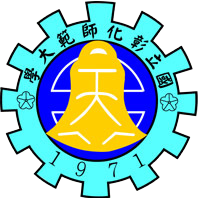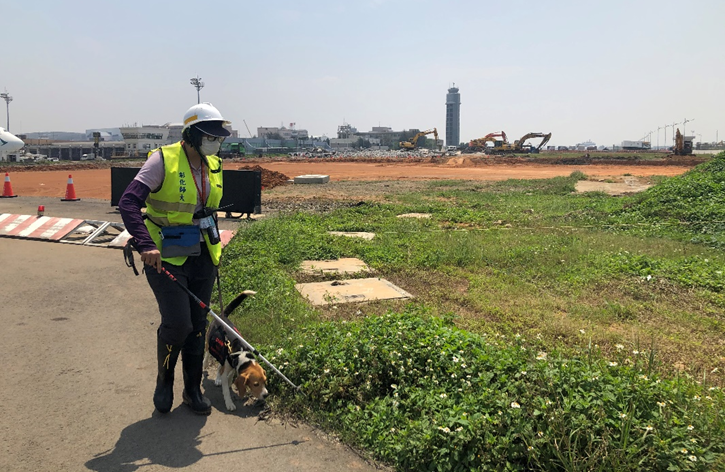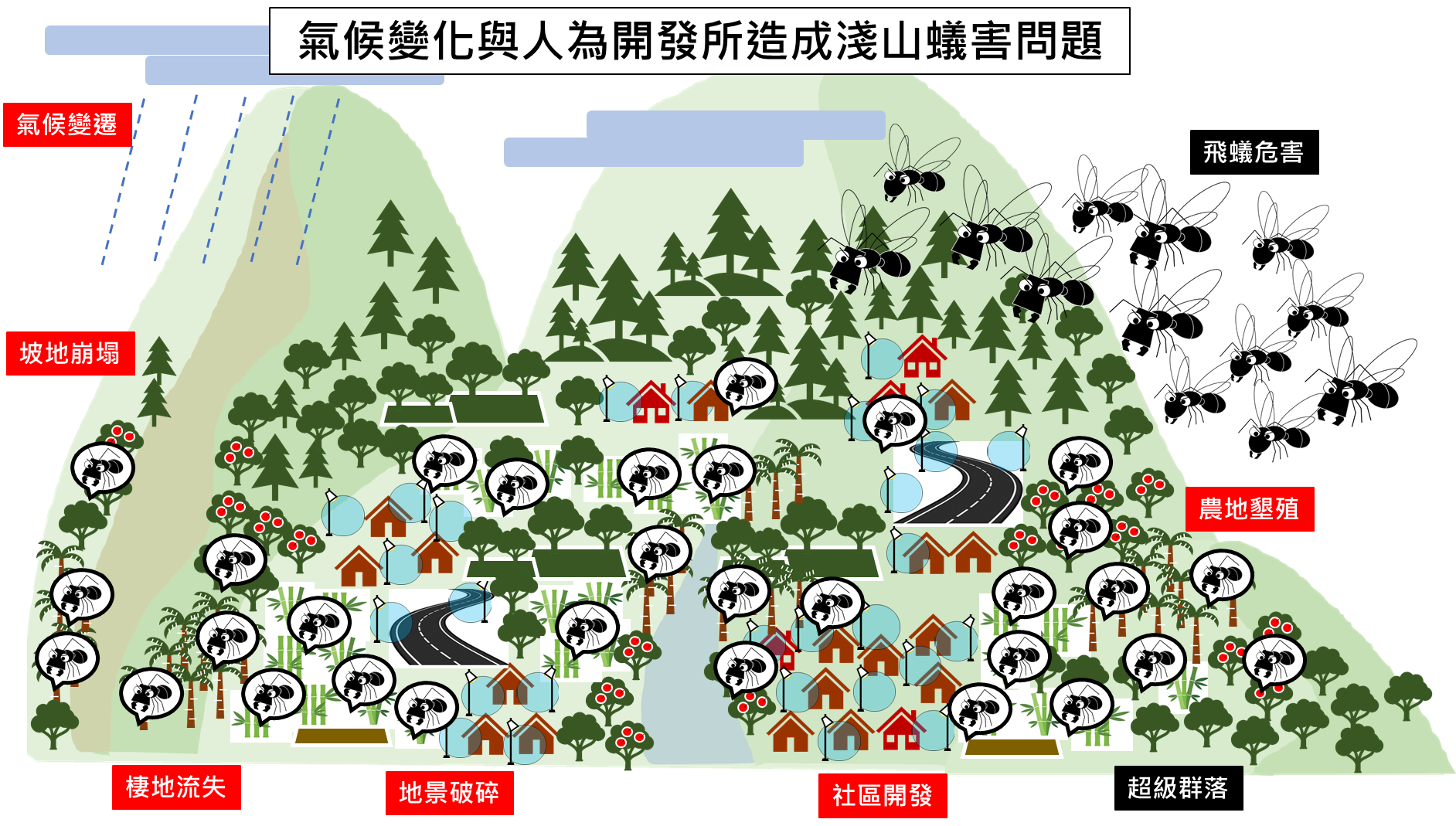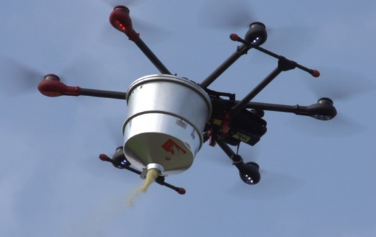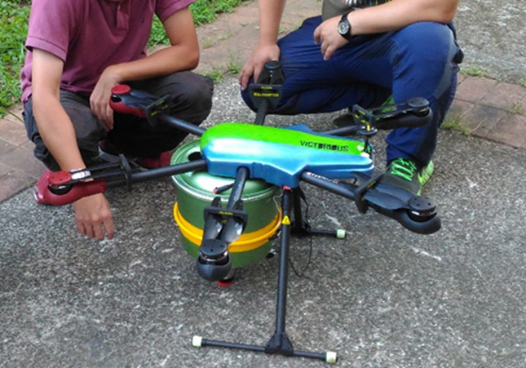SDG13.3.5 Environmental education collaborate with NGO-2021
There are seven environmental education programmes at NCUE in collaboration with NGOs. Each is described in detail, below.
|
No. |
Programme |
|
1 |
Fangyuan Reengineering USR Seed Programme and Sprouting Programme for Engaging Fangyuan and Dacheng: Industrial and Environmental Sustainability for Changhua’s Twin Towns |
|
2 |
Taoyuan International Airport Corporation Programme/entrusted to plan, design, and implement control measures against fire ants |
|
3 |
The Ministry of Science and Technology’s project/Impacts of Climate Change on Lowland Ecology and Lowland Ant Problems Due to Community Changes: Discussion and Solutions |
|
4 |
The Ministry of Science and Technology’s project/Reshaping Global Control Efforts for Invasive Species: Positioning Taiwan as the Hub of Control, Prediction, and Education of Asiatic Red Fire Ants |
|
5 |
The Ministry of Science and Technology’s project/Development of Microbiological Control Technologies for Harmful Ants in Farmland |
|
6 |
The project of the Bureau of Animal and Plant Health Inspection and Quarantine, Council of Agriculture/Development of Core Technologies and Construction of a Safety Assessment Model for Industrial Chain Agricultural Spraying based on Unmanned Aerial Vehicles (UAV): Field Experiment of UAVs Used against Invasive Red Fire Ants and System Management of UAV Pesticide Spraying |
|
7 |
Programme for Kenting National Park/Investigation on the Invasion and Control Strategy of Yellow Termites in Kenting National Park |
1. Fangyuan Reengineering USR Seed Programme and Sprouting Programme for Engaging Fangyuan and Dacheng: Industrial and Environmental Sustainability for Changhua’s Twin Towns in 2020–2022: included in the research project: cooperation with the Changhua Aquaculture Association to explore adaptive measures to climate change.
2. Taoyuan International Airport Corporation Programme/entrusted to plan, design, and implement control measures against fire ants.
|
The NCUE-Taoyuan International Airport fire ant control team searches for imported red fire ants at Taoyuan Airport with the assistance of a fire ant detection dog. |
|---|
3. The Ministry of Science and Technology’s project/Impact of Climate Change on Lowland Ecology and Lowland Ant Problems Due to Community Changes: Discussion and Solutions.
|
The project delved into the causes behind the ant infestation affecting lowland Zhongxing New Village residents in central and southern Taiwan and identified the issues of landscape fragmentation, ecological loss, and development stress. Within the framework of slope ecosystem services (supply, adapt, culture, and support), the research team investigated key biologic facies in the habitats affected by ant damage, and analysed environmental vulnerability and ecological potential. A lowland agricultural production system with ecosystem service potential and human welfare benefits was proposed under the context of climate change. |
|---|
4. The Ministry of Science and Technology’s project/Reshaping Global Control Efforts for Invasive Species: Positioning Taiwan as the Hub of Control, Prediction, and Education of the Asiatic Red Fire Ants
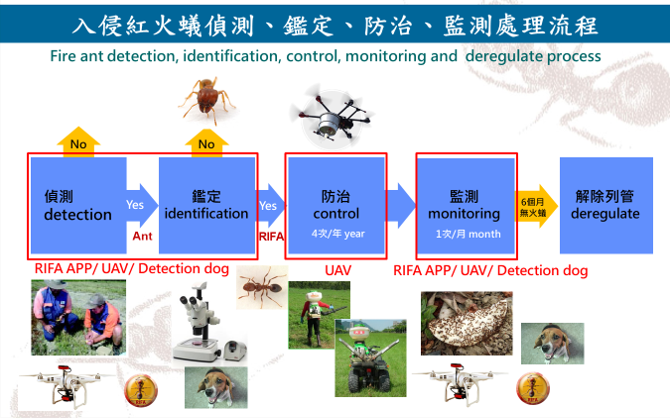 Data model analysis and establishment of an innovative platform for invasive red fire ants. The project made significant contributions to the ongoing scientific debate on the causes of global invasive imported red fire ants as well as control measures for the fire ants, the impact on agriculture and economy, and the scientific development of Taiwan. Data model analysis and establishment of an innovative platform for invasive red fire ants. The project made significant contributions to the ongoing scientific debate on the causes of global invasive imported red fire ants as well as control measures for the fire ants, the impact on agriculture and economy, and the scientific development of Taiwan. |
|---|
5. The Ministry of Science and Technology’s project/Development of Microbiological Control Technologies for Harmful Ants in Farmland
|
Development and application of microbial control for the growing problem of harmful ants in the agricultural environment. Especially in the development of sustainable agriculture and organic agriculture, this research focuses on the design, development, and application of microbial agents on crops to control harmful ants as well as the valuable development of its practical value and commercial potential. |
|---|
6. Project of the Bureau of Animal and Plant Health Inspection and Quarantine, Council of Agriculture/Development of Core Technologies and Construction of Safety Assessment Model for Industrial Chain Agricultural Spraying based on Unmanned Aerial Vehicles (UAV): Field Experiment of UAVs Used against Invasive Red Fire Ants and System Management of UAV Pesticide Spraying
|
Assist in establishing a standard practice for pesticide application against invasive imported red fire ants on large areas or special terrains using agricultural drones. |
Assist in establishing a standard practice for pesticide application against invasive imported red fire ants on large areas or special terrains using agricultural drones. |
7. Programme for Kenting National Park/Investigation on the Invasion and Control Strategy of Yellow Termites in Kenting National Park. Assisted Kenting National Park to investigate the invasion status of Anoplolepis gracilipes, one of the most harmful invasive species in the world, in the land crab distribution concentration areas. This study is the first time that Anoplolepis gracilipes has been found to threaten land crab populations in East Asia. In addition to ant damage, land crabs also face threats from road killing, habitat destruction, and human harvesting.
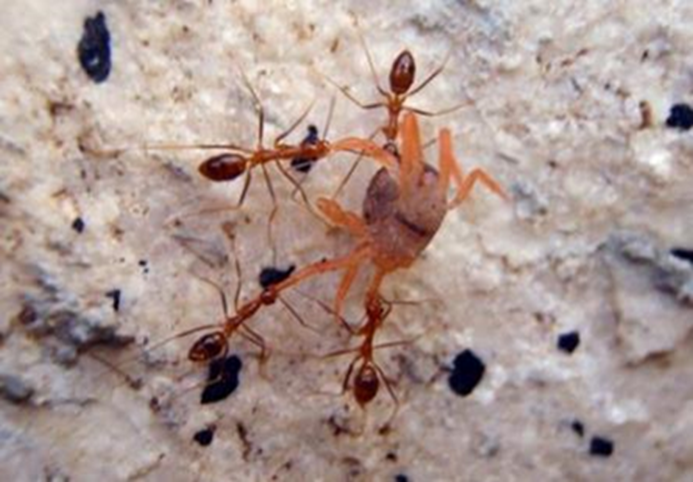
Anoplolepis gracilipes attack young crabs.
